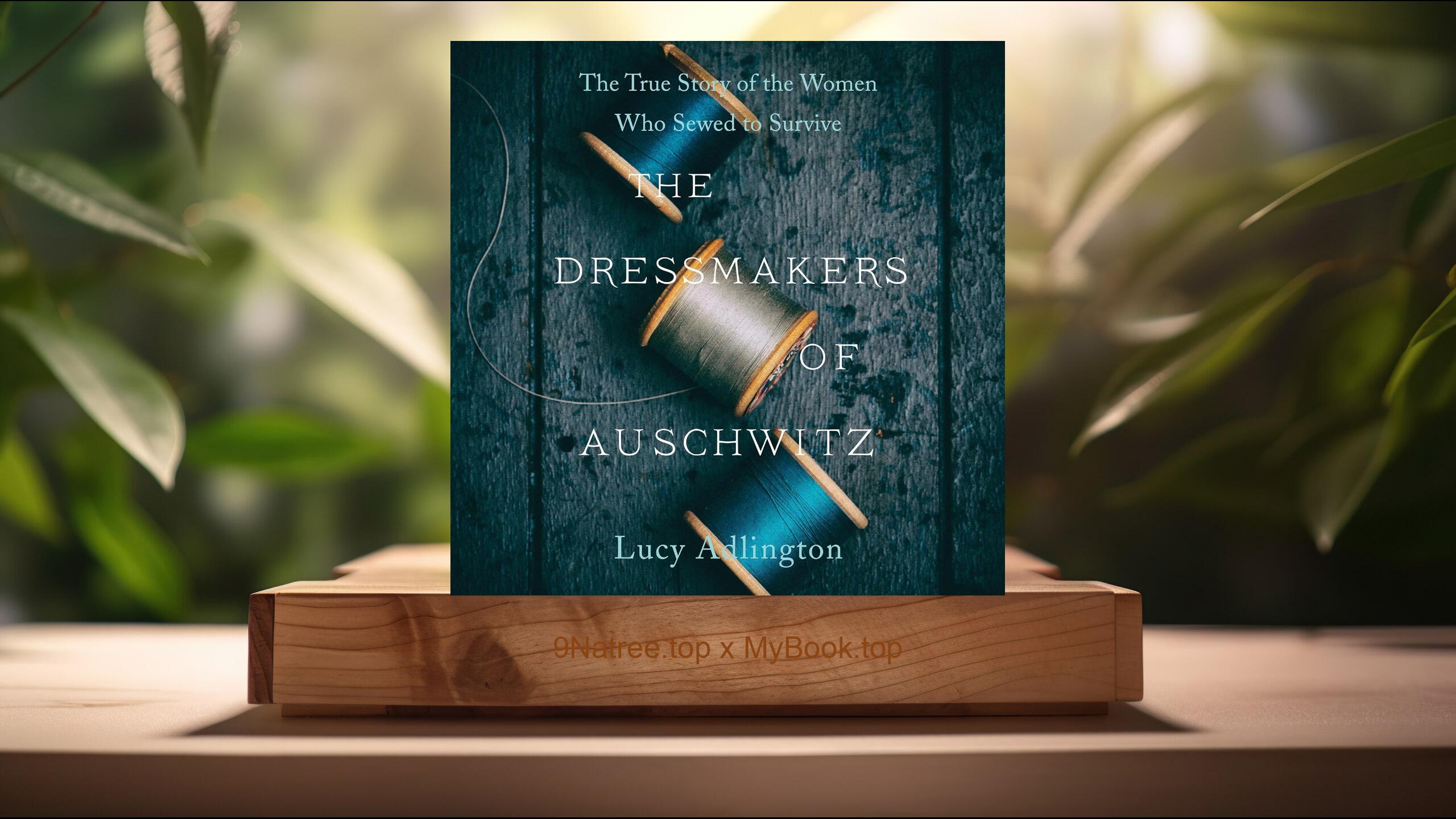Show Notes
- Amazon USA Store: https://www.amazon.com/dp/0385548753?tag=9natree-20
- Amazon Worldwide Store: https://global.buys.trade/When-Women-Ran-Fifth-Avenue-Julie-Satow.html
- Apple Books: https://books.apple.com/us/audiobook/downfall-random-acts/id1441399616?itsct=books_box_link&itscg=30200&ls=1&at=1001l3bAw&ct=9natree
- eBay: https://www.ebay.com/sch/i.html?_nkw=When+Women+Ran+Fifth+Avenue+Julie+Satow+&mkcid=1&mkrid=711-53200-19255-0&siteid=0&campid=5339060787&customid=9natree&toolid=10001&mkevt=1
- Read more: https://mybook.top/read/0385548753/
#Americanfashionhistory #FifthAvenuedepartmentstores #DorothyShaver #HenriBendelandGeraldineStutz #BonwitTellerandHortenseOdlum #WhenWomenRanFifthAvenue
These are takeaways from this book.
Firstly, The trailblazing leaders who redefined retail power, Satow centers the narrative on three commanding figures whose strategies and instincts reshaped Fifth Avenue. Hortense Odlum stepped into leadership at Bonwit Teller during the Depression, a moment when empathy and discipline mattered as much as sparkle. She studied how clients actually lived, then refreshed assortments and service to meet women where they were, elevating refinement without intimidation. Dorothy Shaver at Lord and Taylor became a symbol of modern executive leadership after World War II. She championed new talent and transformed a venerable store into a national tastemaker through exhibitions, cultural programming, and a bold embrace of American design. Geraldine Stutz at Henri Bendel, beginning in the late 1950s, forged the curated boutique within a department store, inventing the shop in shop concept, nurturing emerging designers, and turning the Bendel customer into an identity. Together, their choices reframed retail leadership as creative direction plus business acumen. Satow traces their paths through promotions, board confrontations, and media scrutiny, revealing how they navigated old boys networks by converting taste and customer insight into undeniable results. Their combined influence set a template for modern brand building decades before the term existed.
Secondly, Inventing the American Look and championing homegrown design, A central theme is the move from Paris dependence to a confident American fashion identity. Through Lord and Taylor, Bonwit Teller, and Henri Bendel, Satow shows how store leaders nurtured designers who understood American lives. The new look favored ease over fuss, sportswear over couture formality, and ingenuity over ornament. Dorothy Shaver popularized American designers through campaigns, in store exhibitions, and educational efforts that framed design as part of national culture, not merely seasonal trends. Wartime scarcity pushed creativity with materials, construction, and separates that mixed and matched. After the war, this practicality blossomed into a style language that suited office life, suburban expansion, and city energy alike. Geraldine Stutz advanced the idea that a store could teach style, editing assortments to tell stories and spotlighting breakthrough talents before they were widely known. Satow explains how these moves created feedback loops between retail, magazines, and manufacturers in the Garment District. The result was a distinct American aesthetic confident enough to export, with department stores serving as both laboratories and launchpads for designers who would define generations of dress.
Thirdly, Fifth Avenue as stagecraft: the art and theater of shopping, The book captures the department store as a cultural stage where architecture, display, and service became narrative tools. Fifth Avenue flagships were civic landmarks with marble staircases, glittering elevators, and windows that drew crowds as if to a nightly performance. Satow details how leaders invested in visual merchandising and storytelling, from immersive window tableaux to curated floors that guided a customers journey. Personal shoppers, salons, and trunk shows functioned like private theater, creating intimacy inside public grandeur. Events, lectures, art exhibits, and charitable galas broadened the stores role beyond commerce into community and culture. The result was an experience that transformed desire into discovery, making the act of browsing feel like participation in modern life. This dramaturgy also disciplined the business. Editing assortments, staging seasonal themes, and controlling pace built anticipation and loyalty. Satow links these practices to current concept retail, pop up culture, and influencer driven curation. The implied lesson is clear. When retail treats space as story and service as choreography, it becomes a memory machine, forging emotional ties that outlast a single purchase.
Fourthly, Gender, class, and power: navigating barriers to lead, Satow does not romanticize the obstacles. These executives had to prove value in rooms primed to doubt them. The book explores the double bind of authority and approachability that women leaders faced, and how each developed tactics. Odlum leaned into listening to decode customer needs, translating social insight into profit. Shaver built alliances across media, manufacturing, and the arts, using cultural capital to amplify business results. Stutz embraced curation and discovery as a signature, making editorial prowess her lever of control. Alongside boardroom politics, Satow examines labor realities on the sales floor and in the Garment District, where seamstresses, fit models, and sales associates kept the machine running. Class dynamics surface in service rituals and staff hierarchies, as do questions of representation that the era too often ignored. Yet within constraints, these women expanded what leadership could look like. By quantifying the value of taste, anticipating customer behavior, and owning the narrative of their stores, they built protective moats. The story is a study in soft power turned into hard results, a playbook for making credibility when formal authority is scarce.
Lastly, Rise, reinvention, and legacy of the great emporiums, The arc of the book follows the ascent of the palace store, its midcentury zenith, and the pressures that later forced reinvention. Satow tracks suburbanization, mall culture, discount chains, and finally the digital age, each wave eroding the centrality of the Fifth Avenue flagship. Consolidation thinned distinct voices, while quarterly demands dulled experimentation. Yet the innovations born on Fifth Avenue did not vanish. They migrated. Shop in shop design, seasonal storytelling, exclusive capsules, and discovery driven merchandising reappear in contemporary concept stores, luxury houses, and online platforms that curate like editors. The careers of Shaver, Odlum, and Stutz anticipate today s omnichannel mantra. Know your client, edit with conviction, and build myth around experience. Satow closes by weighing what was lost and what endures. The grandeur may have faded, but the framework they built still shapes how brands signal identity and how consumers seek meaning in what they wear. Their legacy is not nostalgia. It is a set of operating principles for making retail feel alive in any era.
![[Review] When Women Ran Fifth Avenue (Julie Satow) Summarized](https://episodes.castos.com/660078c6833215-59505987/images/2210640/c1a-085k3-xxgjkoo6cgm7-2kpzad.jpg)




